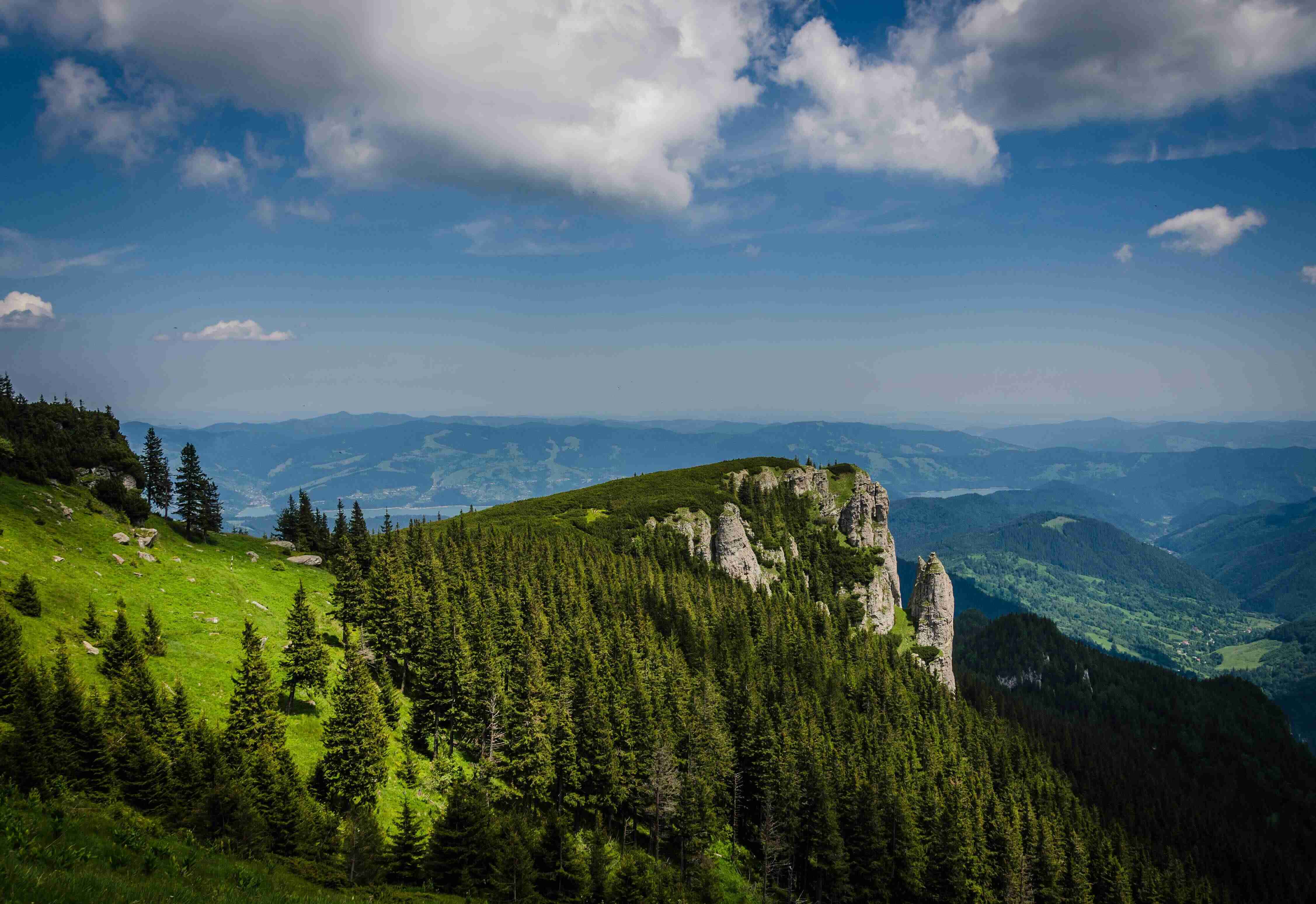
All

10 Essential Travel Photography Tips for Beginners
- Research and Plan: Before you embark on your travel photography adventure, research your destination and plan your shots ahead of time. Look for iconic landmarks, unique landscapes, and local cultural events that you want to capture.
- Invest in a Good Camera: While smartphone cameras have improved significantly, investing in a good camera will allow you to have more control over your shots. Look for a camera with manual settings and interchangeable lenses for versatility.
- Understand the Basics of Exposure: Learn about aperture, shutter speed, and ISO to master exposure. Experiment with different settings to achieve the desired effect in your photos. For example, a low aperture (wide opening) can create a shallow depth of field, blurring the background and making the subject stand out.
- Use the Rule of Thirds: The rule of thirds is a basic principle in photography. Imagine breaking an image into thirds both horizontally and vertically, and place your subject or points of interest along these lines or at their intersections. This creates a more visually appealing composition.
- Experiment with Composition: Don't be afraid to experiment with different angles, perspectives, and compositions. Try shooting from low angles, bird's eye view, or framing your subject in interesting ways. This will add variety and visual interest to your travel photos.
- Pay Attention to Lighting: Lighting plays a crucial role in photography. Shoot during the golden hour (early morning or late afternoon) for soft and warm light. Avoid shooting in harsh midday sun as it can create strong shadows and overexposed areas.
- Capture Local Culture and People: Travel photography isn't just about landscapes. Capture the essence of the destination by photographing locals, their traditions, and daily life. Seek permission before taking portraits and respect their privacy and customs.
- Be Patient and Observant: Take your time to observe your surroundings and anticipate moments. Patience is key in capturing unique and candid shots. Keep your camera ready and be prepared to capture unexpected moments.
- Edit and Post-Process: After your trip, take the time to edit and post-process your photos. Adjusting exposure, contrast, and color balance can enhance your images. However, remember to maintain a natural look and avoid excessive editing.
- Practice and Learn from Others: The more you practice, the better you'll become. Join photography communities, follow travel photographers on social media, and learn from their techniques and experiences. Continuous learning and improvement are essential in travel photography.
Related Posts
© 2025 Invastor. All Rights Reserved

User Comments